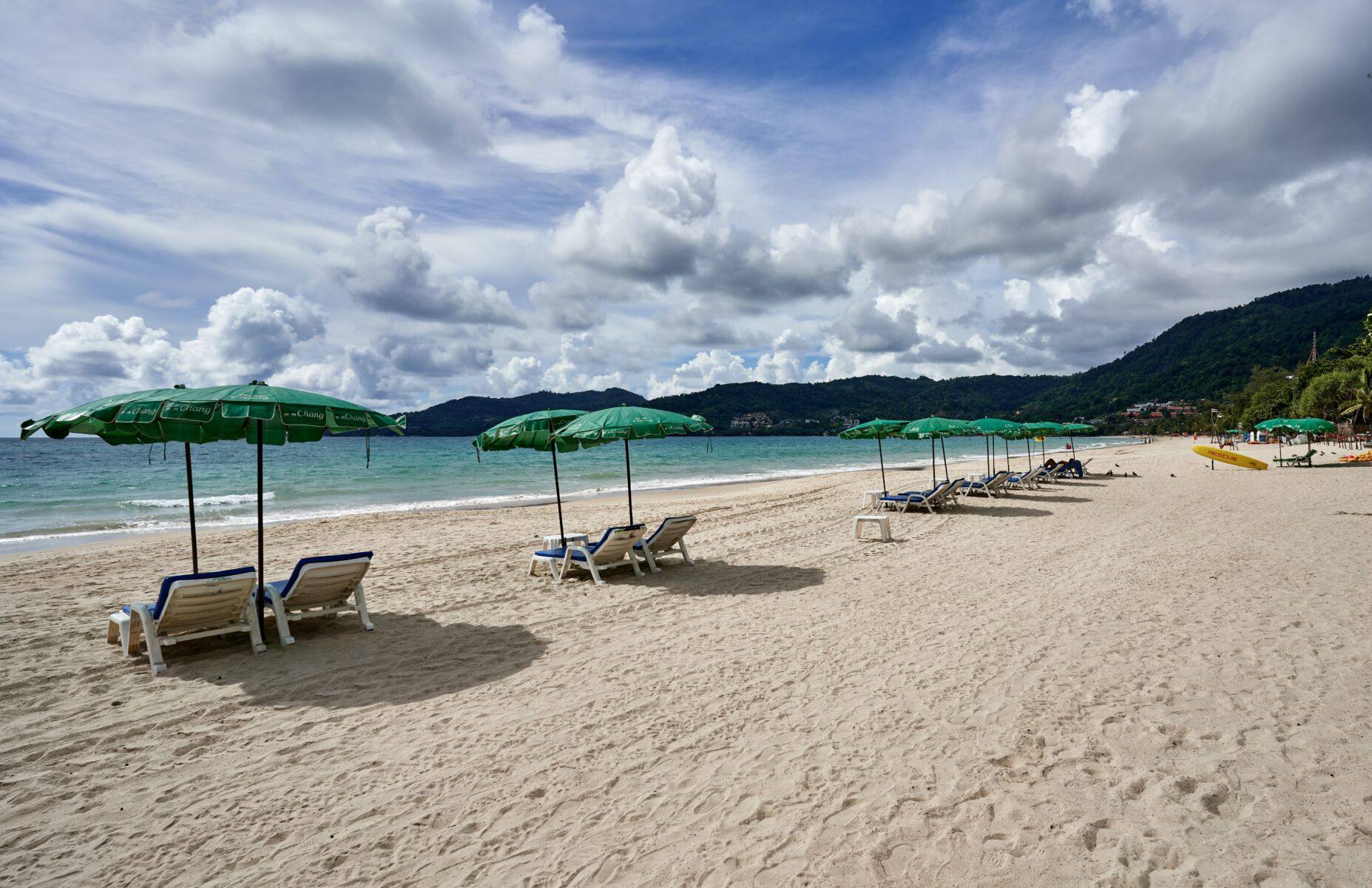Thailand expects holiday tourism boom earning 16.6 billion baht

The Tourism Authority of Thailand (TAT) is forecasting a substantial influx of travel and expenditure within the nation from July 28 to August 2. Projections are currently pointing at nearly five million voyages, which could potentially rake in 16.6 billion baht across the country.
TAT Governor Yuttasak Supasorn, indicates that the estimated surge in domestic travels during this unique long holiday weekend may spur hotel occupancy rates to around 63% full.
During the initial two days of this extended holiday period, he noted that a sizable proportion of the movement was travelling to destinations within a span of 200-300 kilometres, reported Bangkok Post.
The TAT’s head said those numbers could have been higher if not for persisting inflation, coupled with soaring fuel costs discouraging domestic spending by Thais.
“Negative factors continue to be inflation and fuel prices that remain high though trending to decline.”
In hopes of fueling a surge in domestic tourism, the government unveiled a unique holiday on Monday, July 31, albeit with the usual Thai last-minute planning. Yuthasak mentioned that if the extended break had been publicised well in advance, individuals would have likely been drawn to schedule overseas ventures. Japan is particularly attractive for short trips now given the current weakness of the yen.
In the preceding week, the government declared a one-off holiday on July 31, aiming to stretch the overlapping holidays into a six-day recess that spans from July 28 to August 2.
Two days ago, the TAT estimated that the long public holiday period, approved by the Thai Cabinet to promote travelling in Thailand, will contribute to a substantial income of 16.6 billion baht. The extended public holidays include the King’s Birthday on July 28, Asalha Puja (Dharma Day celebrating the Buddha’s first sermon) on August 1 and Buddhist Lent Day on August 2.
Eastern Thailand is predicted to have the highest average occupancy rate, reaching 68%. However, Yuthasak stated that the central and northeast regions receive most of the tourists, while southern regions are in their low season due to rain, unsuitable for activities at sea, resulting in fewer tourists.
Latest Thailand News
Follow The Thaiger on Google News:


























